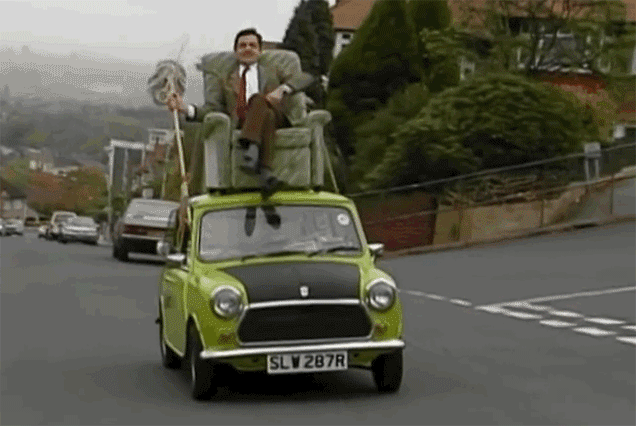In what’s an otherwise very good Fast Company article about autonomous cars, Charlie Sorrel conveniently elides one really important fact: not all the kinks have yet been worked out of the driverless experience. While Google has done extensive testing on the vehicles, inclement weather is still poses a challenge for them and visual-recognition systems need further enhancement. So, yes, legislation and entrenched human behaviors are significant barriers to be overcome, but the machines themselves continue to need fine-tuning.
Still, it’s an interesting article, especially the section about the nature of future cities that await us should we perfect and accept this new normal. An excerpt:
Famously, Google’s self-driving cars have clocked up 1.7 million miles over six years, all without major incident.
“In more than a million miles of real-world testing, autonomous vehicles have been involved in around a dozen crashes (with no major injuries),” says John Nielsen, AAA’s Managing Director of Automotive Engineering and Repair, “all of which occurred when a human driver was in control, or the vehicle was struck by another car.”
Self-driving cars are already way better than people-piloted cars, so what’s the trouble?
“Current laws never envisioned a vehicle that can drive itself, and there are numerous liability issues that need to be ironed out,” Nielsen says. “If an autonomous vehicle gets in a collision, who is responsible? The “driver,” their insurance company, the automaker that built the vehicle, or the third-party supplier that provided the autonomous control systems?”
How will the laws adapt? And how will we adapt? People are hesitant to embrace change, but the change that driverless cars will bring to our cities and lifestyles is enormous. What will it take to get there?•
Tags: Charlie Sorrel, John Nielsen

